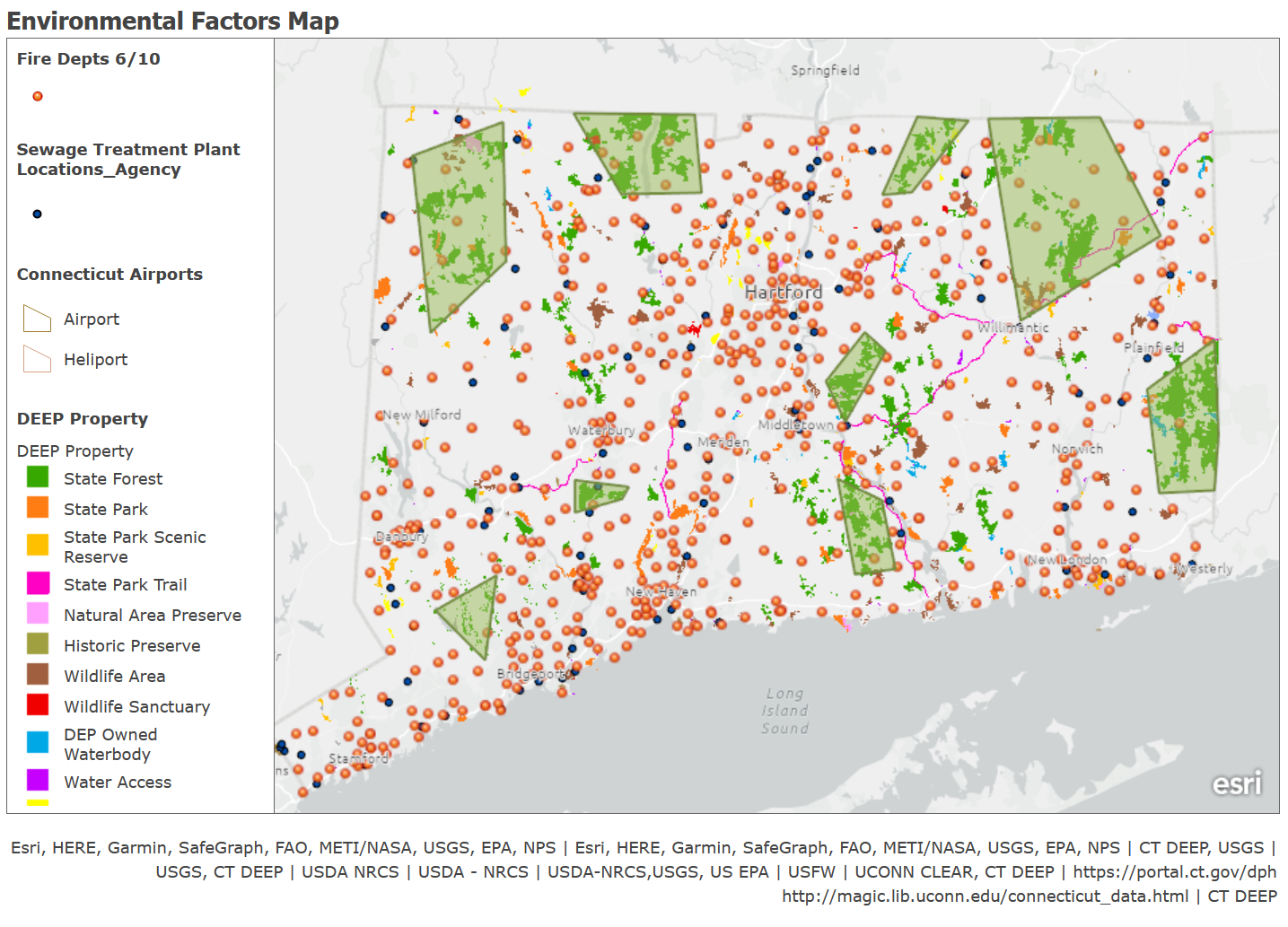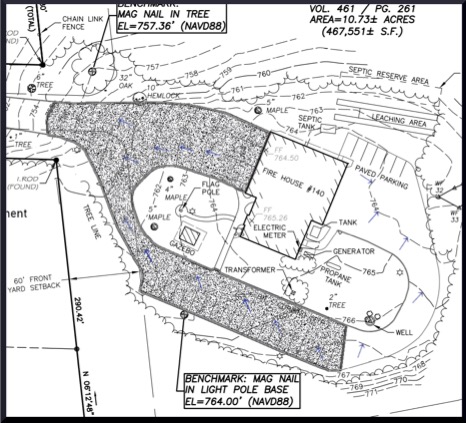2022 Environmental Engineering Projects
Environmental Engineering students apply the engineering skills they have acquired. The principles of design, how ethics affect engineering decisions, how professionals communicate ideas and the day-to-day implications of intellectual property.
They begin by researching the problem, brainstorming a range of solutions, and traveling to the sponsor’s site to learn more about the sponsor and the project. Student teams maintain contact with their industrial and faculty mentors, hold meetings, and make presentations on their work. Environmental Engineering students submit written reports at intervals throughout the two-semester project timeline, and present oral presentations at the project’s conclusion.
Student Teams
-

-

-

Determining Background Concentrations of PFAS in Connecticut Soils
-

-

-

-

Design of Replacement Culvert under Park Street in Trumbull, CT
-

Design of sewer and water extension to a community ski resort in Pittsfield, MA
-

Design of New Stormwater Management and Septic System in Fire Station 140 in Tolland, CT
